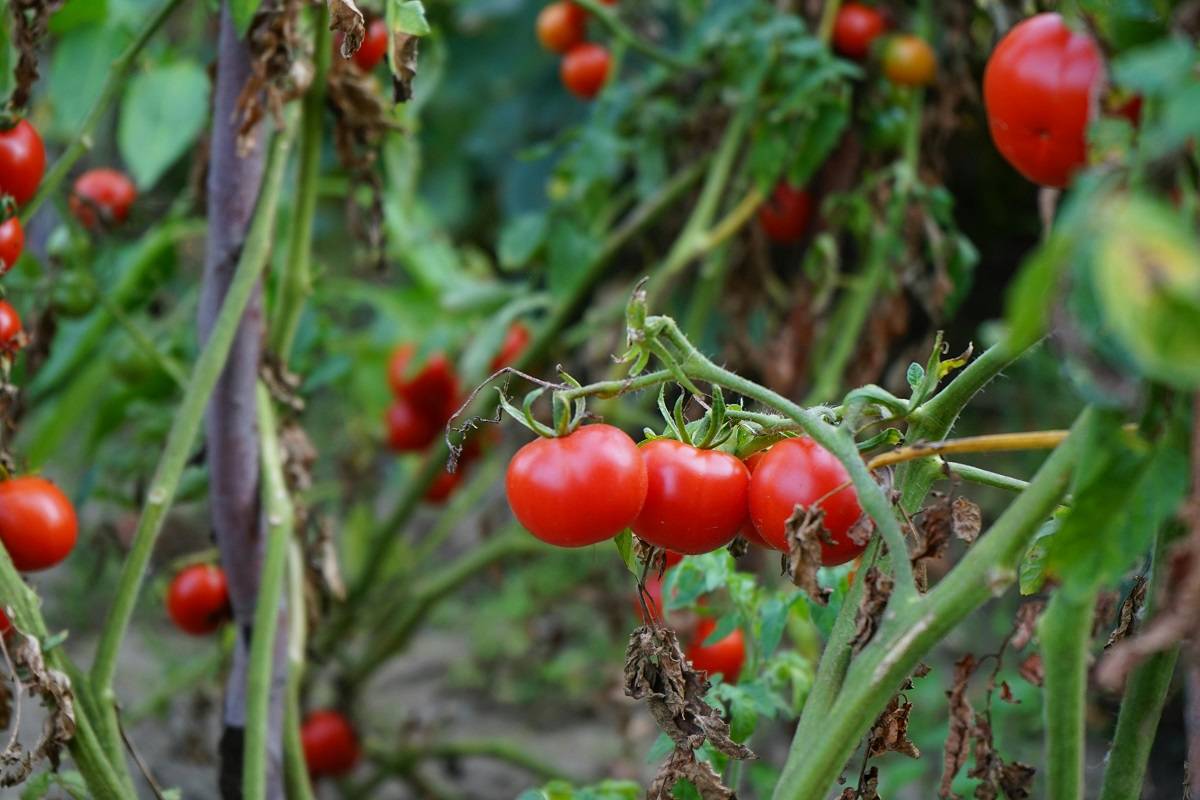
Growing cherry tomatoes can be a delightful experience, but it often comes with the challenge of managing pests that threaten the health and productivity of your plants. However, with the right knowledge and strategies, you can effectively control pests in your cherry tomato garden while maintaining a thriving and rich harvest. Here is a step-by-step guide on how to effectively manage pests in your cherry tomato garden:
1. Identify the Pests: The first step in pest management is to identify the pests that are affecting your cherry tomato plants. Common pests that attack tomatoes include aphids, whiteflies, tomato hornworms, and spider mites. Regularly inspect your plants for signs of pest infestation, such as holes in leaves, sticky residue (honeydew), or the presence of insects.
2. Cultural Practices: Implementing cultural practices can help prevent pest problems before they occur. These practices include:
-
Crop rotation: Avoid planting tomatoes in the same location year after year to reduce the buildup of soil-borne pests and diseases.
-
Proper spacing: Ensure adequate spacing between plants to promote airflow and reduce the risk of pest and disease spread.
-
Weed management: Keep the area around your tomato plants free of weeds, which can harbor pests and compete for nutrients.
-
Sanitation: Remove and destroy any diseased or infested plant material to prevent the spread of pests and diseases.
3. Natural Predators: Encourage the presence of natural predators that feed on garden pests, such as ladybugs, lacewings, and predatory mites. You can attract these beneficial insects to your garden by planting nectar-rich flowers, installing insect hotels, or purchasing and releasing them from reputable suppliers.
4. Mechanical Control: Hand-picking pests off your cherry tomato plants are an effective method of pest management, especially for larger insects like tomato hornworms. Wear gloves and inspect your plants regularly, removing any pests you find and dropping them into a bucket of soapy water to prevent them from returning to the garden.
5. Organic Sprays: There are several organic insecticidal sprays and solutions that you can use to control pests in your cherry tomato garden. These include:
-
Neem oil: Neem oil is derived from the neem tree and acts as a natural insecticide and fungicide. Dilute neem oil according to the manufacturer's instructions and spray it on affected plants to control a variety of pests.
-
Insecticidal soap: Insecticidal soaps are made from fatty acids and effectively kill soft-bodied insects like aphids, whiteflies, and spider mites. Mix the soap with water according to the instructions and spray it on infested plants.
-
Homemade remedies: You can make homemade insecticidal sprays using ingredients like garlic, chili peppers, and soap. These natural sprays can help repel pests and reduce their populations in your garden.
6. Biological Control: Biological control involves using living organisms to control pest populations. This can include releasing predatory insects or nematodes that feed on garden pests or introducing microbial agents that target specific pests or diseases.
7. Chemical Control (if necessary): As a last resort, you can use chemical pesticides to control severe pest infestations. However, it's essential to use pesticides sparingly and only as directed on the label. Choose pesticides that are specifically labeled for use on tomatoes, and avoid spraying when bees and other beneficial insects are active.
8. Monitor and Evaluate: Continuously monitor your cherry tomato plants for signs of pest activity and evaluate the effectiveness of your pest management strategies. Be proactive in addressing pest problems to prevent them from escalating and causing significant damage to your plants.
Implement these pest management strategies and effectively control pests in your cherry tomato garden while minimizing the use of harmful chemicals. Start now!















